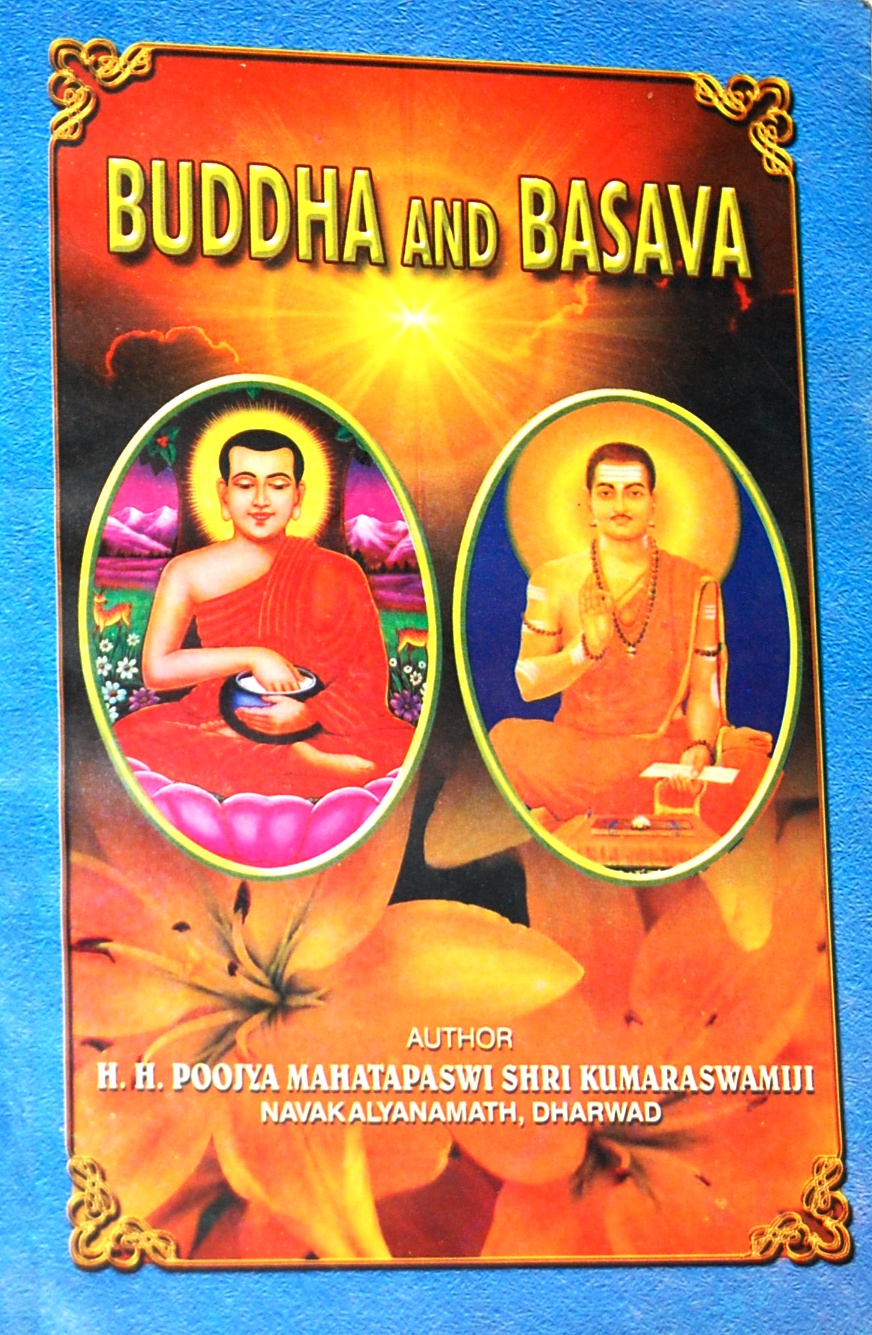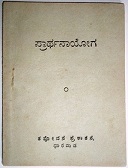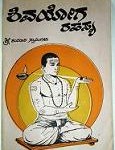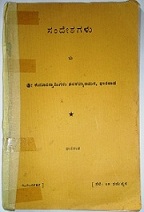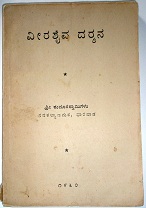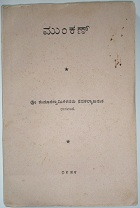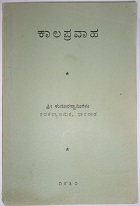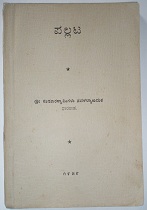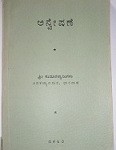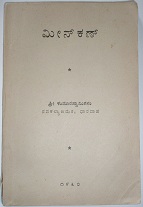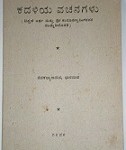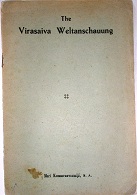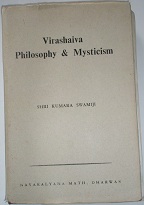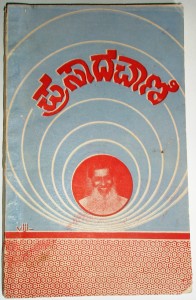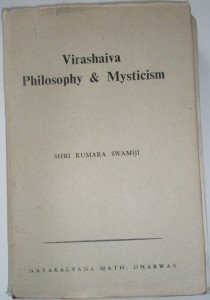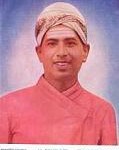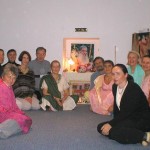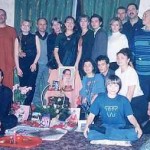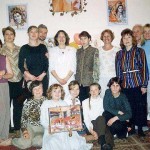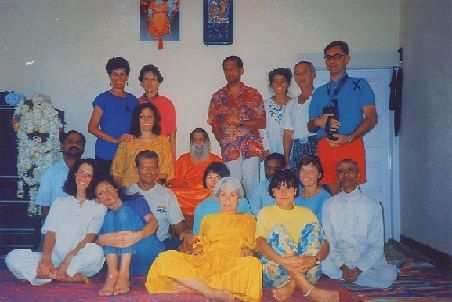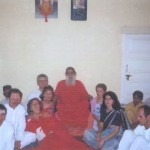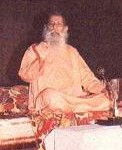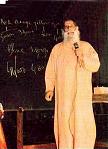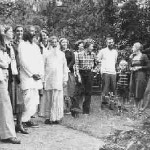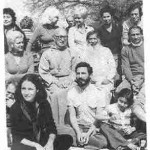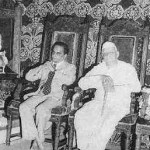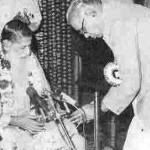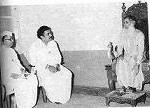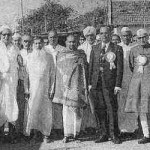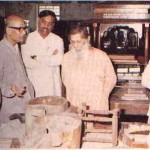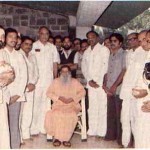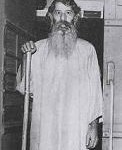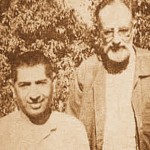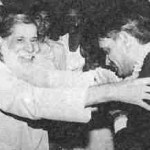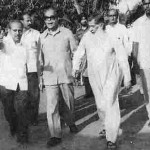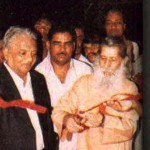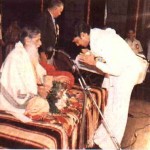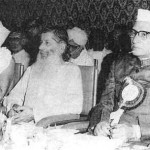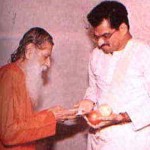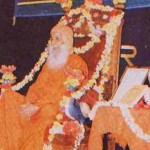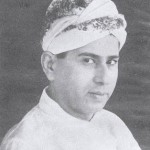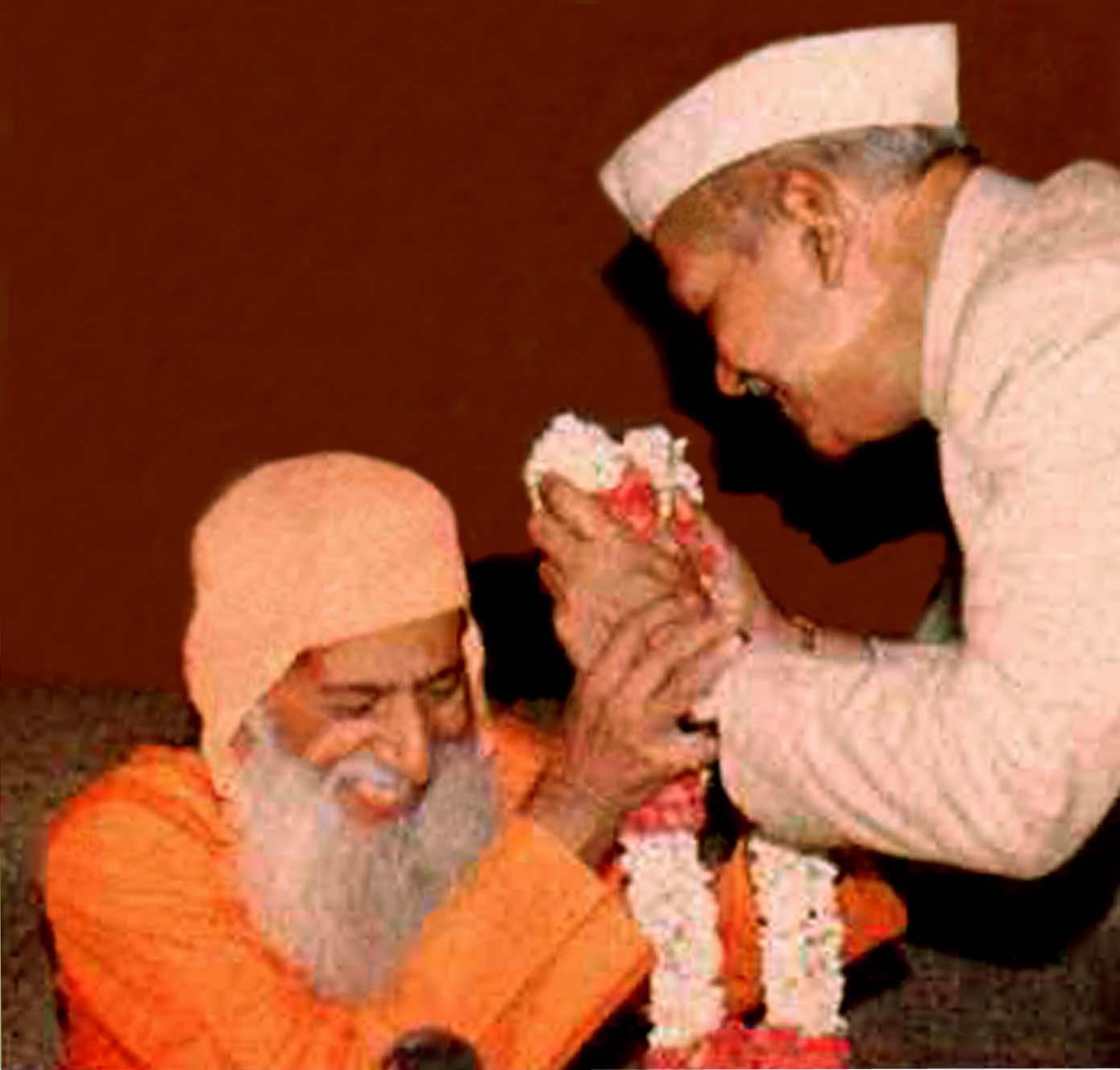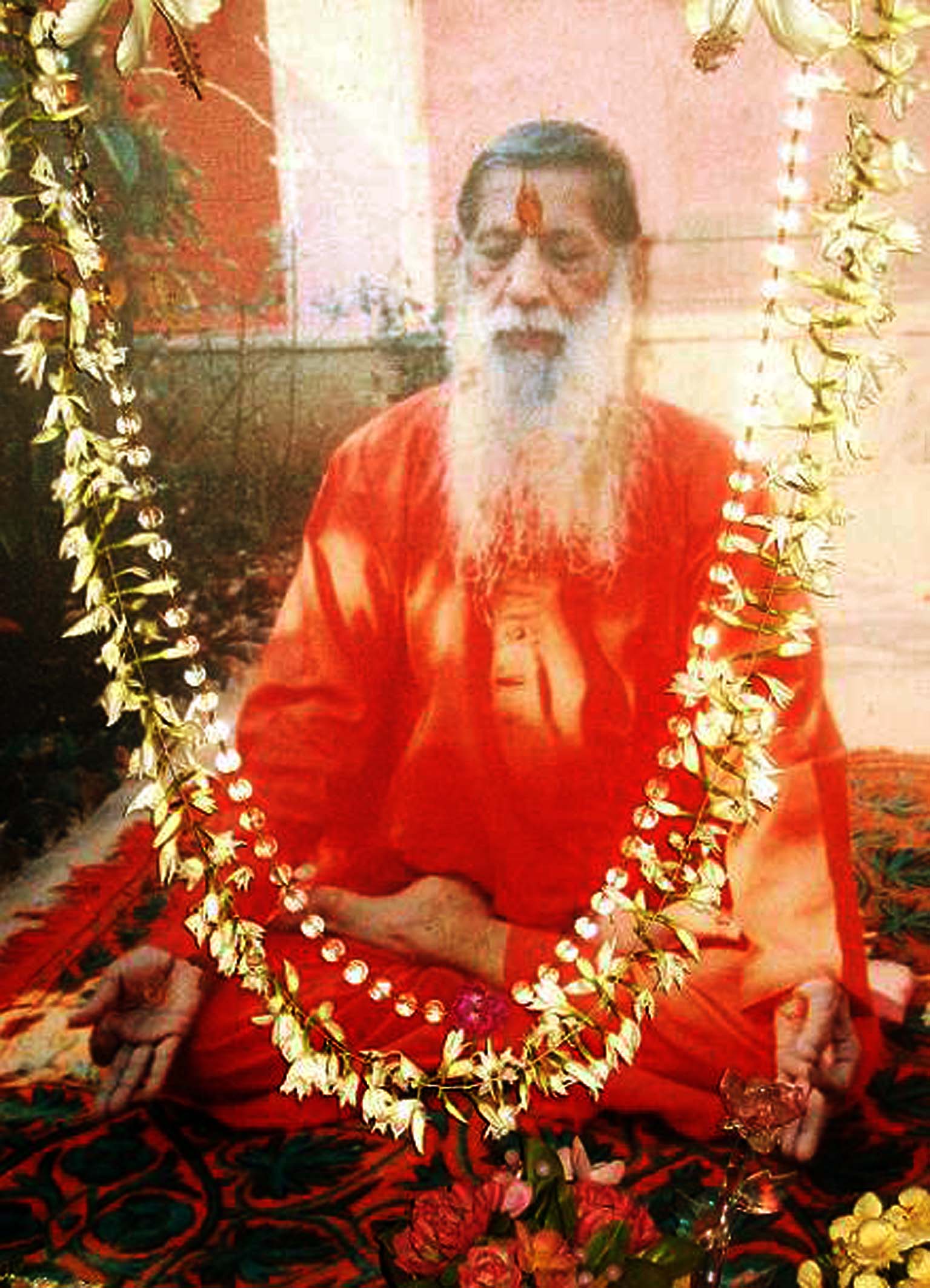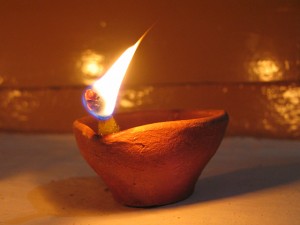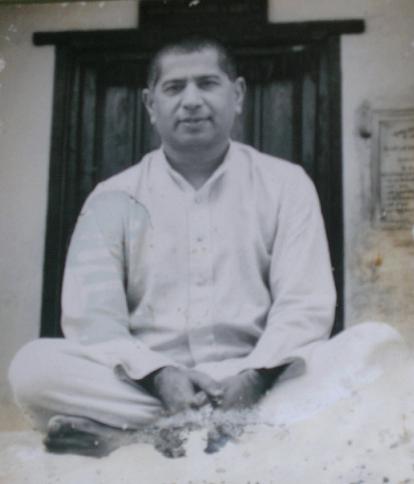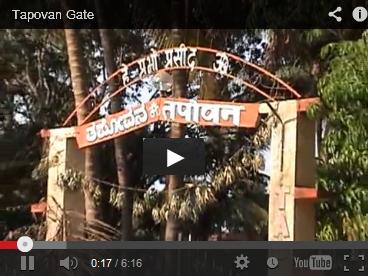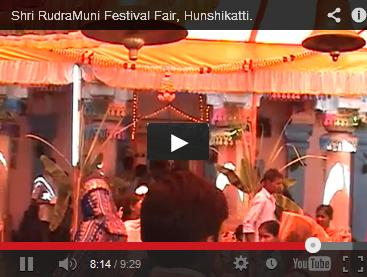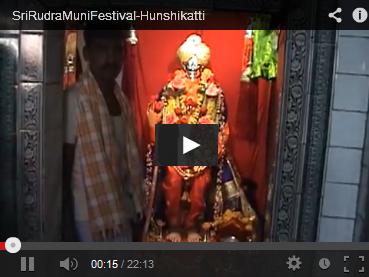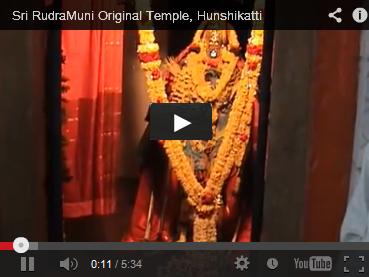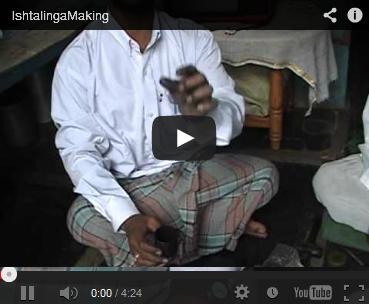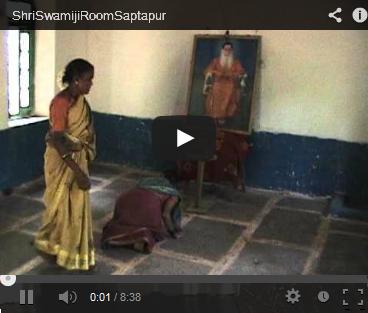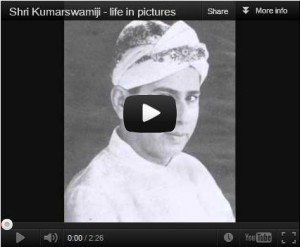Veerashaivism historically speaking is a fragrant, full-fledged and full-blown flower of Shaivism. Shaivism has flourished with minor differentiations, from pre-Vedic times to the end of the 11th century and its exponents have hailed from the North as well as from the South. But the beginning of the 12th century saw the ascendency of Jainism and Vaishnaivism and the decadence of Shaivism. By the middle of the 12th century, there appeared on the horizon of the religious firmament of Karnatak, a great saint/philosopher/religious teacher/social reformer all rolled into one and named Basava, who rescued Shaivism from its decadence, freed it from the shackles of Varnashrama and gave it a new dimension. It is this that revived, regenerated and revolutionized Shaivism which over the years has come to be known as Veerashaivism. In the words of Dr. Radhakrishnan, “… Basava …. gave to Veerashaivism a prophetic turn and a popular appeal.”
Veerashaivism is a form of Shaivism with an integral and distinct aspect of its own. The word Veera prefixed to Shaiva is intended to make the distinction between the two. The characteristic feature of Shaivism is the Shivalinga form of worship in temples, Shivalinga being a plastic representation of the self-existent truth. But the distinctive mark of Veerashaivism is the Ishtalinga form of worship; that is to say, it advocates the wearing of Linga upon the body of each person so that the body becomes a temple fit for God to dwell in. The Linga thus worn becomes a symbol of the presence of God not in the far-off heavens but in the very cells of the body. The wearing of Linga with the constant remembrance of the Divine, envelops the habit of living in actual contact with God. This faith has adherents numbering about eight millions, scattered all over India, though concentrated mainly in Karnatak.
It is generally conceded that in the Veerashaiva Faith there are five Prophets and they are ALLAMA PRABHU, BASAVANNA, AKKAMAHADEVI, CHANNABASAVANNA and SIDDHARAMA. The life and teachings of these Prophets have been an inspiring force for vibrancy of Veerashaiva faith. Akkamahadevi is the Prophet of emotion, Basavanna is the Prophet of action while Allam Prabhu is the Prophet of intuition or he is the MESSIAH.
In the words of Sri Aurobindo, “The Messiah is the Divine seer will descending upon the human consciousness to reveal to it the Divine meaning behind our half-blind action and to give along with the vision the exalted will that is faithful and performs, and the ideal force that executes according to the vision.”
In the 12th century in Karnataka there was a galaxy of Lingayat saints, the preoccupation of whom was to realize God and to remould the individual life and social institutions by that realization. The self of the cosmos and the self of man are identically the same and so are one. The self or the individual is termed Anga which is Chit-rupa, the pure conscient. The self of the cosmos is termed Linga which is Sat-rupa, the pure existent. And that Anga and Linga are one and the same is proved by the subjective mode of worship. The realization of the one Being in the objective world-process through self-awarenes is Samarasya, delight equal and equable. In the inscriptions of Mohenjo Daro and Harappa four distinct and clear terms are found to have referred to, An, Amma, Anil and Attam respectively stand for Shiva, Shakti, Sharana and Srishti.
A Veerashaiva is often addressed as Lingavanta or Lingayata. What does Lingayata mean? Ayata means that which has come. In Veerashaivism there is convention that the Guru or the preceptor bestows Linga upon the child after it is born. Again the Guru confers Linga upon the disciple at the time of initiation. In any case, the Linga must come from the Guru, and he who wears Linga that has been given by a Guru is called Lingayata. The Linga worshipped in the temples goes by the name of Shivalinga or Sthvaralinga and the Linga worshipped and worn on the body goes by the name Ishtalinga.
Ishtalinga is a miniature of Shivalinga. Ishtalinga is an indispensable means for the practice of Shiva-yoga. Shiva-yoga is a technique of opening the third eye. That there is a path which brings about at inner change in man is recognized by all the great religions; and the chief features of that path are described in similar terms in every one of the great faiths of the world. In Shiva-yoga the path is characterised by six stages – Sat-sthala, namely Bhakta Sthala, Mahesha Sthala, Prasadi Sthala, Pranalingi Sthala, Sharana Sthala and Aikya Sthala.
– From the works of Param Poojya Shri Kumarswamiji











